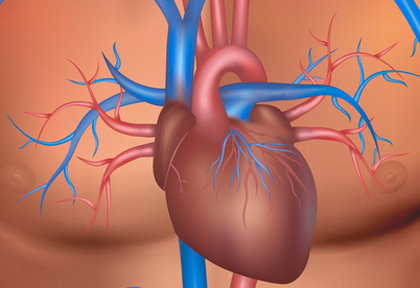There is an important group of patients presenting low flow, low-gradient severe aortic stenosis (defined as mean gradient <40 mmHg). This is why we do dobutamine stress echocardiogram (DSE), to confirm whether we are dealing with truly severe aortic stenosis. However, it might not be well tolerated and a CT angiography will be done to assess valve calcification.

The study looked at 28 patients presenting mean low-gradient < 40 mmHg and aortic valve area <1 cm2. It excluded patients presenting atrial fibrillation, DSE contraindication and left ventricular outflow tract obstruction. A premature ventricular contraction was induced by intentional catheter contact with the myocardium within the left ventricle.
Mean age was 77 and 19 were women. 8 patients presented diabetes, 16 hypertension, 5 COPD, 17 coronary artery disease, and 9 prior myocardial revascularization surgery (CABG).
Core Lab analysis showed systolic volume rate <35 ml/m2 in 15 patients and CT angiography showed severe calcification in other 15.
DSE showed baseline mean gradient increase from 25±7 mmHg to 36±11 mmHg. Also we observed an increase in postextrasystolic potentiation from 25±7 mmHg to 32.10 mmHg, representing an increase of 24±11%.
Read also: BASILICA: a Complex Strategy, Yet Safe.
A >20% increase in postextrasystolic potentiation resulted in 100% sensitivity, 77% specificity, 83% positive predictive value and 100% negative predictive value for severe aortic stenosis diagnosis.
CT angio also showed significant correlation between postextrasystolic potentiation and projected aortic valve area and aortic valve calcification density (R=−0.64, P=0.0003; R=0.057, P=0.014, respectively).
Conclusion
In patients with low gradient aortic stenosis catheter-induced premature ventricular contractions during cardiac catheterization causing ≥20% PESP has a 100% sensitivity for severe aortic valve stenosis. Further analysis of larger populations is required to validate this 20% cutoff value.

Dr. Carlos Fava.
Member of the Editorial Board of SOLACI.org.
Original Title: Catheter-Induced Postextrasystolic Potentiation in the Assessment of Severity of Low-Gradient Aortic Valve Stenosis.
Reference: Payam Dehghani, et al. Circ Cardiovasc Interv. 2023;16:e012892. DOI: 10.1161/CIRCINTERVENTIONS.123.012892.
Subscribe to our weekly newsletter
Get the latest scientific articles on interventional cardiology





